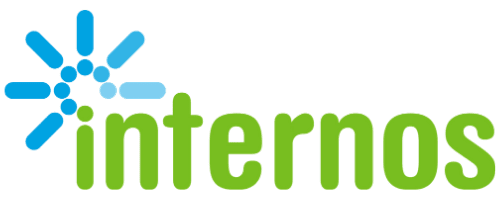
Time and technology can be a tricky combination. The tech and cyber security industry has always been known for its fast pace, creating a constant sense of urgency. We’ve witnessed this firsthand with the rise of emerging technologies. As the era of cloud computing and mobile devices opened new doors, organizations eagerly sought to stay on the cutting edge of IT strategy. “Move fast and break things” became a rallying cry for executives and technologists striving for rapid growth.
While a quick pace can often be justified, moving fast without considering the consequences can lead to some drawbacks.
Here’s how IT professionals must find a way to optimize their approach and navigate short-term decisions concerning new trends while keeping a long-term vision of strategic technology in mind.
IT Strategy: Barreling Ahead
Cloud systems and mobile devices not only revolutionized technology operations but also fueled the rapid technological advancements narrative. Data from the U.S. Census and the American Community Survey reveals that it took approximately 18 years for the percentage of U.S. households with computers to rise from 35 percent to 85 percent. In contrast, smartphones achieved the same level of adoption in just nine years.
Tracking the cloud technology adoption rate compared to previous models is more challenging, as on-premises workloads were the default option for many years. However, cloud migration was already on a steep upward trajectory even before the pandemic hit.
When the pandemic struck, it shed light on the costs of hesitation. Companies that had not embraced mobile device policies found themselves scrambling to enable their remote workforce, while those without robust cloud infrastructure experienced limited flexibility and resilience.
Even for early adopters, there is still ample room for growth in these areas. A swift start with these foundational technologies proved invaluable during challenging times.
“Slow and Steady” May Have an Advantage
Making hasty decisions without considering future evolution can also lead to setbacks. Amazon Web Services (AWS) was the pioneer in the modern public cloud space and continues to dominate the infrastructure as a service (IaaS) market. With an impressive array of supporting tools, many organizations that jumped on the AWS bandwagon at the beginning have found enduring success.
On the other hand, Microsoft has emerged as a strong competitor with Azure dominating the software as a service (SaaS) category. Since countless organizations were already using Microsoft for their servers and endpoints, exercising patience allowed for smoother migration and business continuity.
Another example is the recent hype surrounding blockchain and other distributed ledger technology. Early enthusiasm for cryptocurrencies led many to believe that blockchain would revolutionize data transactions.
While this may still hold true, the struggles of the crypto market and the lack of well-defined use cases have shown that the technology is more likely to be deeply integrated into new applications. Organizations that dove in from the very beginning undoubtedly gained knowledge, but they also experienced significant challenges in scaling the technology.
How to Effectively Evaluate and Adopt New Technologies
So, what’s the bottom line?
Businesses need to move swiftly, but they also need to move wisely. This requires a thorough understanding of both organizational strategy and the market landscape when it comes to technology.
Your IT strategy outlines how technology enables success, while the market landscape provides insights into the likely paths technology will take. This knowledge mix has become a critical skill for IT professionals.
One effective way for tech experts to guide their organizations in the right direction is by spearheading evaluation and adoption activities. Establishing cross-departmental groups dedicated to technology evaluation and adoption is a leading method employed by organizations striving to stay at the forefront.
Cross-trained groups require strong leadership. While business units may drive requirements aligned with strategic goals, IT professionals are best equipped to provide broader context, explain integration needs and ensure secure operations.
Putting It All Together
While summer offers a perfect opportunity to slow down and reflect, rest assured that the pace will pick up again soon. It’s an excellent time to look back on the past and plan for the future, striking the perfect balance between short and long-term IT strategies.
Need help with your tech strategy? Contact us or book a meeting to discover potential solutions today.

